Utility Safety Standards
Breaking Down OSHA's Revised Fall Protection Standards for Utility Workers
Obsoleting The Absence Of Voltage Test?
Utility Safety Standards
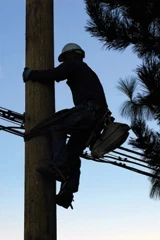
The Guide to IEEE Utility Safety Standards
A comprehensive review of IEEE guidelines and documents
BY JIM TOMASESKI, IEEE, NESC Main Committee, PAR Electric
Every day, utility workers are risking their lives in work environments that involve high-risk activities such as working at extreme heights, managing or repairing energized high-voltage power systems, transporting dangerous goods, working on suspended access equipment, or the opposite, cramped underground with little ventilation, and mitigating natural disasters.
Although assuring the safety and health of America’s utility workers...
Related Articles
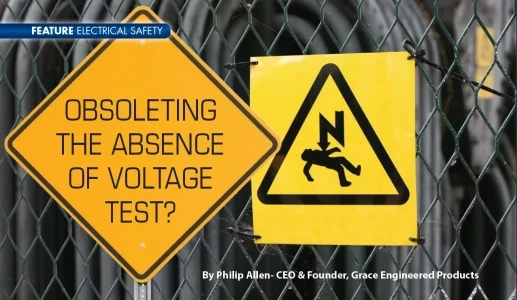
Obsoleting The Absence Of Voltage Test?
For more than a decade, thousands of users have deployed Permanent Electrical Safety Devices (PESDs) to reduce the risks in isolating electrical energy. This elegantly simple innovation increases the probability that workers are only exposed to ‘zero voltage’ when doing an absence of voltage...

Distracted Driving Equals Disaster
Removing hazards caused from in-vehicle computing BY SCOTT BALL, Motion Computing No utility company would send a worker out in a truck with a known safety defect. North American electric utilities may not realize, however, that by failing to ensure that computing devices are used safely within...
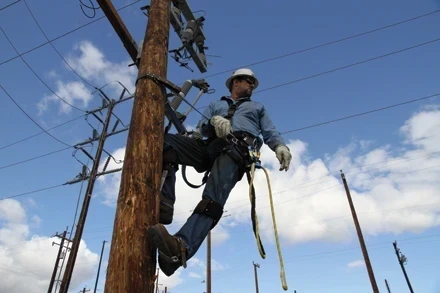
Fall Protection Becomes Mandatory
New regulation removes “optional” to increase worker safety BY CRAIG FIRL, Capital Safety The U.S. Occupational Safety and Health Administration (OSHA) published updated rules and regulations in April 2014 that impact fall protection for the electrical utility industry. These new regulations,...
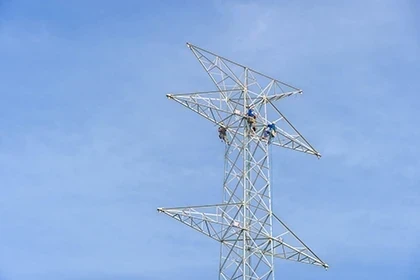
Testing Conditions and Guidelines for Personal Fall Protection Systems
1. PERSONAL FALL ARREST SYSTEMS (A) GENERAL TEST CONDITIONS Lifelines, lanyards, and deceleration devices should be attached to an anchorage and connected to the body-belt or body harness in the same manner as they would be when used to protect employees, except that lanyards should be tested...

New York's Path to 8.5 GW of Grid Flexibility by 2040
New York State's transition to a clean, zero-emissions energy grid could include up to 8.5 gigawatts (GW) of grid flexibility by 2040, according to a new report from the Brattle Group. This projection, while contingent on achieving ambitious decarbonization goals, illustrates how the state could...
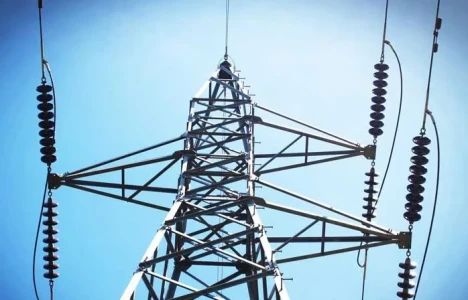
FERC Complaint Targets Duke, PJM Transmission Planning
A coalition of large energy consumers and ratepayer advocates has filed a complaint with the Federal Energy Regulatory Commission (FERC), urging the agency to prohibit transmission owners from independently planning "local" transmission projects exceeding 100 kilovolts (kV). The coalition argues...

Texas PUC Shelves $1B Grid Credit Mechanism
The Public Utility Commission of Texas (PUCT) has unanimously decided to shelve the proposed $1 billion Performance Credit Mechanism (PCM) for power generators, concluding that it would not deliver the anticipated grid reliability benefits. The PCM was conceived as a means to incentivize power...
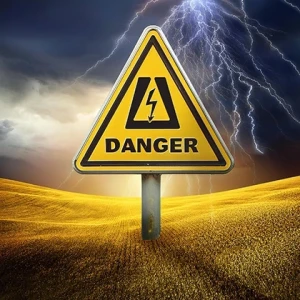
How Dangerous is Linemen Work?
Many occupations pose risks to workers, but few match the dangers that linemen face daily. Linemen play a critical role in maintaining and restoring the power grid, often working in extreme weather conditions, at significant heights, and around high-voltage electrical systems. Their work is...

North Carolina Town Sues Duke Energy for Climate Fraud
A small town in North Carolina has filed a lawsuit against Duke Energy, one of the largest utility companies in the United States, alleging that the company has been deceptive in its efforts to downplay the environmental impact of its operations. The lawsuit, filed by the town of Smithfield, claims...

FERC Approves Interconnection for Talen Energy, Amazon Data Center
In a significant move that underscores the growing demand for reliable and sustainable energy to power the expanding digital infrastructure, the Federal Energy Regulatory Commission (FERC) has approved an interconnection agreement between Talen Energy, Amazon Web Services (AWS), and Exelon. This...
